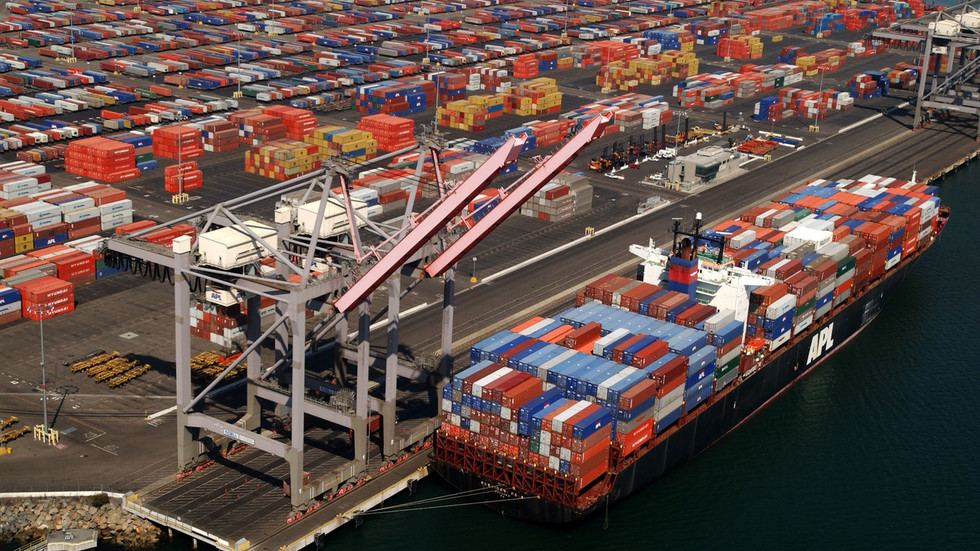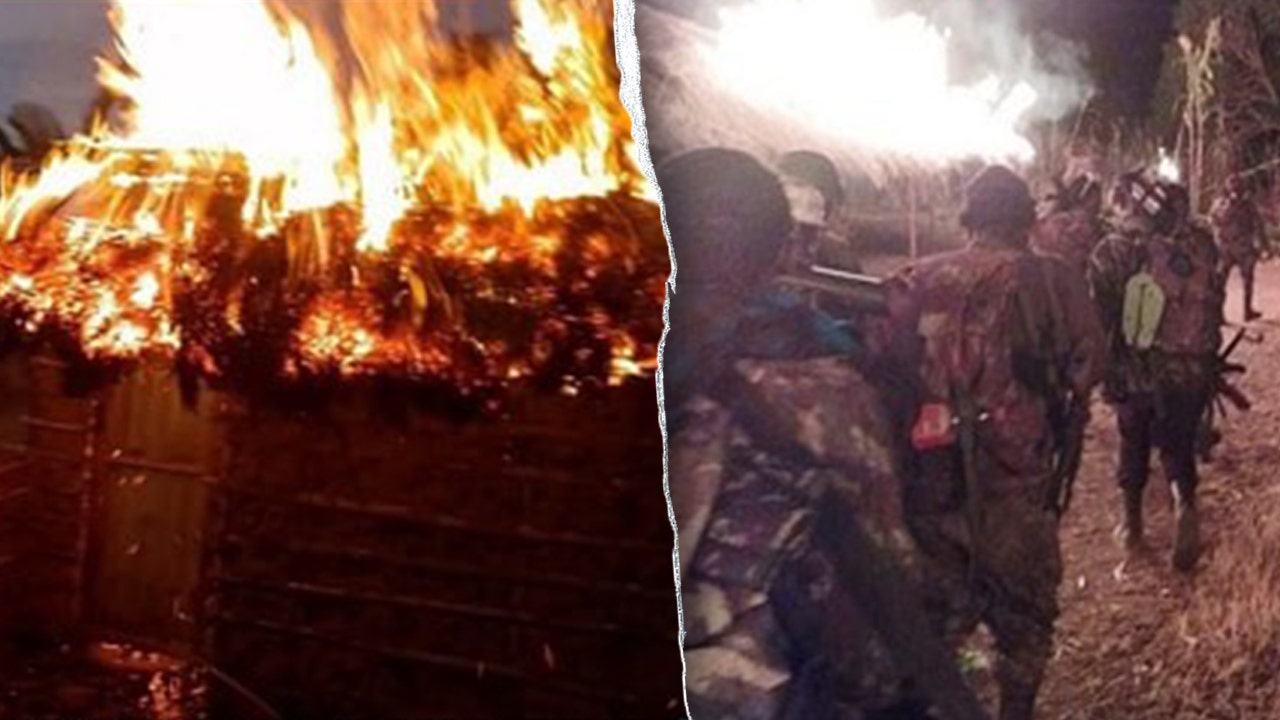Korean staple kimchi under climate threat in its homeland
Tuesday, September 3rd 2024, 7:35:10 am
article
views: 155
STORY: The spicy, tangy side dish called kimchi - a foundation of Korean food cultureis succumbing to climate change in its homeland.South Korean scientists, farmers, and manufacturers say they see a decline in the quality and quantity of its main ingredient, the napa cabbage. Kim Si-gap has grown kimchi cabbage for more than half a centuryand has seen dramatic changes that he blames at least in part on climate change.:: Kim Si-gap, Kimchi cabbage farmer"I can feel that a climate crisis is approaching. There are many signs, but to give a representative example, take Maebongsan mountain in Taebaek county, which can be considered the origin of highland cabbage in our country. Howeve the cultivation area there has fallen by half because of soil diseases and viruses that thrive in high temperatures.":: Future of FoodNapa cabbage thrives in cool climates, ideally between 64 to 70 degrees Fahrenheit.But in Gangwon province, where nearly all of it is grown in the country, summer temperatures are now closer to an average of 77 degrees, with peaks of 86. Government data shows high temps and erratic weather have eaten away at napa cabbage farming areas by more than half since the 2000s.And the Rural Development Administration's climate change scenarios project this area will shrinkto only around 100 acres in 25 years, with none in the highlands by 2090."Production costs have definitely increased due to climate-related difficulties. Since crops are often affected by various diseases and pests, we have to continuously apply substances that are somewhat effective against them. We need to keep spraying them.”Researchers are taking action to push back on the impactby developing heat- and disease-resistant varieties of napa cabbage.Plant Pathologist Lee Young-Gyu is at the National Institute of Crop Science.:: Lee Young-Gyu, Plant Pathologist, National Institute of Crop Science"We are also looking into watering methods that could help lower temperatures and, as I mentioned earlier, expanding the use of biological control methods to combat the newly emerging half-wilt disease. Additionally, since highland areas are typically sloped, we are researching cultivation techniques that allow for stable farming on slopes. Given the rising temperatures, we are also working on developing cabbage varieties that can grow well even in higher temperatures."It all adds to the challenges for South Korea's homegrown kimchi industry, which also faces competition from lower-priced imports from China, mostly used in restaurants.The kimchi that South Korea brings in from overseas rose from January to July this year, hitting some $98 million, up around 7% from last year and surpassing the 2022 record.
Breaking
The US president has indicated that New Delhi is likely to face additional penalties for its oil purchases from Russia...
The duties are as high as 41% and target nearly seventy US trading partners...
A meeting between Russian President Vladimir Putin and U.S. President Donald Trump has been agreed, a Kremlin official said Thursday, and it could possibly take place next week at a venue that has bee...
Islamic State affiliates conduct brutal attacks across central Africa, beheading civilians and burning Christian villages in Mozambique and Congo regions....
Researchers say the OpenAI chatbot gives harmful advice on suicide, drugs, and eating disorders to vulnerable adolescents...
Republican politicians and X users criticized the Associated Press for an article documenting how Hezbollah members struggle to recover from the Israeli pager attack....









